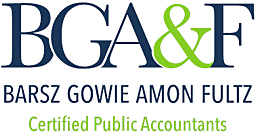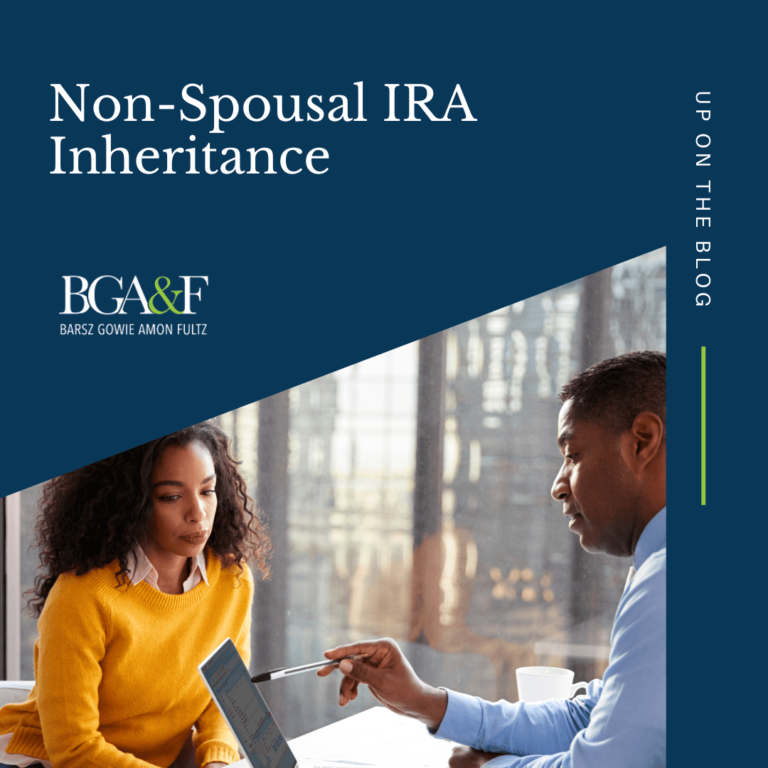On December 29, 2022, the SECURE 2.0 Act of 2022 was signed into law. This Act will drastically change the employer-retirement system in the United States. It was designed to allow more people to prepare and save for retirement.
This Act has over one hundred provisions, many of which will not take immediate effect. The Internal Revenue Service (IRS) will need to clarify the implications of these changes, which is expected to happen in the coming months.
Below are five significant changes that may impact your future and financial planning.
1. Age Delay & Penalty Changes to Required Minimum Distributions (RMD)
An RMD is the amount of money you must withdraw from your retirement plan at a particular age. Before the SECURE 2.0 Act, the RMD age was 72. Beginning January 1, 2023, that is increasing to 73. In ten years (2033), the RMD will move to 75.
Those who turned 72 during 2022 will still need to take their first RMD by April 1, 2023, if they haven’t already.
Individuals who turn 72 in 2023 will not have to take their first RMD until April 1, 2025. If you delay taking your first RMD, you will need to take two RMDs the following year.
Previously, the penalty for a missed RMD was 50%. Effective January 1, 2023, the penalty is reduced to 25%. That can be further reduced to 10% if the missed RMD is corrected within two years (subject to some limitations).
2. Higher Catch-Up Contribution Limits
A catch-up contribution allows people aged 50 or older to make additional contributions to their retirement saving above the standard contribution limit. The purpose of this is so that older workers can “catch up” on their retirement savings and put aside more money for their future.
For example, in 2023, a single taxpayer can contribute up to $6,500 to their traditional or Roth IRA accounts. If they’re 50 or older, they can contribute another $1,000. The $6,500 is adjusted for inflation yearly, but the catch-up amount has remained stagnant.
In 2024, per this Act, catch-up contributions of $1,000 will be indexed for inflation.
Effective in 2025, individuals ages 60 to 63 can make catch-up contributions up to $10,000 annually or 150% of the standard catch-up contribution amount for 2024 or whatever is greater. The $10,000 amount will be adjusted for inflation.
3. Employer “Match” for Student Loan Debt
Beginning in 2024, employees with qualified student loan payments can receive matching employer contributions to a retirement account. Younger workers will be incentivized to save for retirement while paying off student loan debt.
4. Emergency Savings Penalty Reduction
Beginning in 2024, distributions up to $1,000 per year will not be subjected to the 10% penalty if used for emergency expenses. Subsequent withdrawals are prohibited unless the taxpayer pays back the prior distribution or three years have passed since the previous emergency withdrawal.
Employers may offer non-highly compensated employees emergency savings accounts in a retirement plan designated as a Roth account. Participants can contribute up to $2,500 annually, and contributions could be eligible for an employer match. The first four withdrawals in a year are tax and penalty-free.
5. Tax-Free Rollovers from 529 Accounts to Roth IRAs
This act allows beneficiaries of 529 college savings accounts to rollover funds to a Roth IRA, tax and penalty-free. The 529 plan must have been open for more than 15 years. The maximum amount that can be moved is $35,000 during the individual’s lifetime. The rollover amount for each year is subject to annual IRA contribution limits.
If you’d like to learn more about any of these provisions, reach out to your accountant. If you’re new to BGA&F, contact us to get acquainted with a professional who can review your options.

